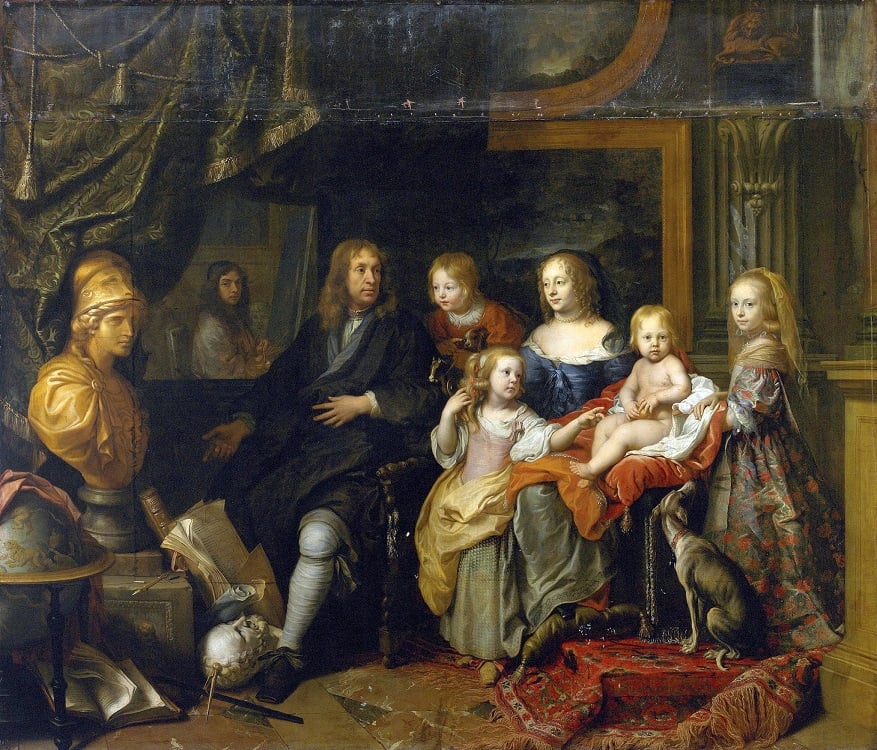Art & Exhibitions
UK Relinquishes Charles Le Brun Portrait to the Met


Sarah Cascone

Great Britain has agreed to let New York’s Museum of Metropolitan Art purchase a rare Charles Le Brun portrait, reports the New York Times. The New York institution had arranged to purchase the piece in February, but the UK issued a three-month export ban on the work, hoping that a British institution could match the sale price and keep the canvas in the country.
A Portrait of Everhard Jabach and Family features the titular German banker and art collector (Jabach owned a number of paintings and drawings that now reside at the Louvre in Paris) seated with his family in an ornate French salon. The enormous canvas measures 7.6 by 10.6 feet.
According to the Met’s press release, this group portrait is “the French equivalent of Velázquez’s Las Meninas—an allegory of the relationship between painter and patron and the act of painting.”
Originally one of two copies of the work (the second one belonged to the Kaiser Friedrich Museum but was destroyed during World War Two), the Met’s latest acquisition first made its way to England in 1791, and has been there ever since.
When word of the Met’s plans to purchase the 17th-century work reached the Reviewing Committee on the Export of Works of Art and Objects of Cultural Interest in England, the sale came to a screeching halt. British museums were given three months to come up with the $12.3 million to purchase it themselves.
Nicholas Penny, director of London’s National Gallery, was among those who argued in favor of the work remaining in the UK. In a written statement submitted to the Export Reviewing Committee, he said that “there are only a handful of paintings by Le Brun in British collections. All represent religious, historical, or mythological subjects, and most are very much influenced by Poussin’s style. None is a portrait.”
Despite the rarity of the painting, no UK institution was able to mobilize in time to retain the piece. Perhaps the country’s patriotic fervor for old masterworks was exhausted during the recent, successful campaign to hold onto a Van Dyck self-portrait. Admittedly, the later work had much closer ties to the UK—Van Dyck was a court painter to King Charles 1—and was being purchased by a private collector, not a public institution.
Museums that aren’t lucky enough to have a Le Brun in their holdings find them hard to come by. Almost all of the artist’s extant works are in the Louvre. The Met plans to hang their Le Brun in its 17th-century French galleries sometime next year, after it undergoes conservation and framing.